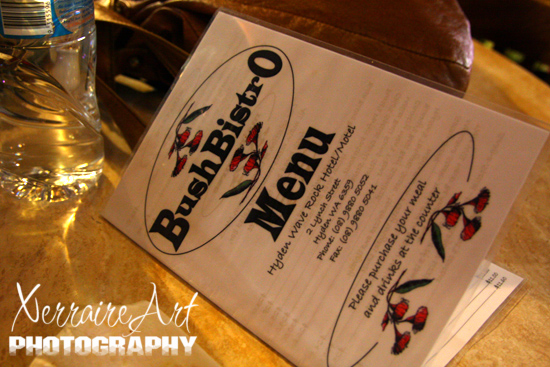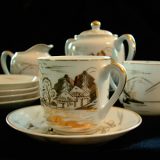Guildford, Western Australia
After riding through Guildford some time ago on our way to somewhere else. we decided to return as it looked like a lovely place for photos.
Guildford was established in 1829 on the Swan River, being sited near a permanent fresh water supply. During Captain Stirling’s exploration for a suitable site to establish a colony on the western side of the Australian continent in the late 1820s, the exploration party of boats found a fresh water stream across the river from the site of Guildford which they called Success Hill.
So Guildford has some history.
After a visit to the information center, we started walking around. I found this line of trees very inviting.

Later we would see a wedding party getting photographs here.

Mechanics’ Institute Built: 1865
In the 19th century the term ‘mechanic’ was used to describe a craftsperson or tradesman, and Mechanics’ Institutes were widespread in both Great Britain and the Australian colonies. There development was promoted as a means of encouraging adult education in areas where primary education was lacking.

Post Office Built: 1897
Architect: J H Grainger – Architectural style: Victorian Italianate

The Guildford Town Hall is a prominent landmark in the center of the historic town of Guildford. The exterior of the building, is an excellent example of the Inter-War Art Deco style of architecture, which was popular during its time of construction in 1938.

Besides the heritage buildings, the town provided with lots else to see, like these two big trees.

The fire station in Guildford.

Another thing I noticed about the town, were how many flowers there were, everywhere.

I guess I got side tracked from Historic buildings…

…and just started looking at people’s gardens. John said this is what every house in Australia should have, a porch that goes around the house. Keeps the hot Australia sun off the windows. Makes sense to me.

A closer look at the garden.

Once a restaurant, now closed, apparently.

John captures me looking at Brockman house, it had the most fascinating story associated with it. Here lived Grace Vernon Drake-Brockman (née Bussell; 1860 – 7 October 1935), commonly referred to as Grace Bussell, was a woman from Western Australia. In 1876, as a 16-year-old, she was involved in the rescue of the SS Georgette, for which she was awarded the Royal Humane Society’s Silver Medal.
Under the command of Captain Godfrey and carrying 50 passengers and a cargo of jarrah, the Georgette departed Fremantle on the 29th November 1876 on what was to be its final voyage. Bound for Adelaide, via Bunbury, Busselton and Albany, it was just after midnight on the 1st December that it developed a leak, possibly due to undetected damage done to the hull when the jarrah was being loaded. The crew couldn’t get the pumps to work and by 4am most of the passengers had buckets in hand and were assisting with the bailing out. Two hours on, with the boiler room flooded, the Georgette was adrift in a rising swell. The lifeboats were swung out, with 20 passengers huddled in the first. A wave smashed it against the hull as it was being lowered, breaking it in two and sending all into the water. Two women and five children drowned, while the others were dragged from the waves by the second boat and taken ashore. Meanwhile, the Georgette was drifting into the surf at Calgardup Bay, well south of Cape Naturaliste and a just a few kilometres north of the mouth of the Margaret River.
Watching from the cliffs above was Sam Isaacs, an Aboriginal stockman who worked for the Bussell family on their Margaret River property. He galloped his horse to the homestead and raised the alarm. With ropes in hand, 16-year-old Grace Bussell returned with Sam to see what they could do to help. By this time, most of the remaining passengers had been crammed aboard the third lifeboat. A journalist with the Inquirer and Commercial News takes up the story.
The boat swamped, they were all in the water, and in the greatest danger, when, on the top of the steep cliff appeared a young lady on horseback. Those who were present have told me that they did not think that a horse could come down that cliff, but down that dangerous place this young lady rode at speed; there were lives to be saved, and, with the same fearless and chivalrous bravery that urged Grace Darling to peril her life for fellow creations, and gave her a name in all English history thereafter, Grace Bussell rode down that cliff, urged her horse into boiling surf, and out beyond the second line of roaring breakers, till she reached the boat where the women and children were in such peril. Her horse stumbled over the rope and she was nearly lost, but managed to get alongside the boat, and then with as many women and children clinging to her and the horse as possible, she made for the shore and landed them. A man was left on the boat, and he could not get to shore till Miss Bussell sent her black servant on horseback to aid him. So furious was the surf that it took four hours to land 50 people, and every boat engaged was capsised.
It was this newspaper account by H.C. Barrett, published on the 31 January 1877, that did much to establish Grace Bussell as the ‘Grace Darling of Australia’. Newspapers around the globe picked up the story, and soon Grace was receiving fan mail from far and wide. In 1878, the Royal Humane Society recognised her bravery with its silver medal, with Sam receiving the bronze. Clearly, Sam Isaacs was equally the hero of the day, but for journalists such as Barrett, he was simply Grace’s ‘black servant’. Fortunately, the key role Sam played in the rescue is today fully acknowledged.
While the rescuers were being hailed, Captain Godfrey was under the hammer from the authorities. 12 lives had been lost and there were rumours that the Georgette had been deliberately scuttled. A court of inquiry found him not guilty on five counts of negligence but his captain’s certificate was revoked.
Grace’s legend lives on through the name of the coastal hamlet of Gracetown, north of Margaret River, and the wheatbelt town of Lake Grace.

Then we came upon the street where the shops were located. One Antique store after another. If only I had some money, I think I would have come home with a kitchen table that was so precious. The prices were high.

The Antique area also was a good place to “chill”.

A look of the post office from across the street. I love Australia’s trees.

Guildford has long benefited from the rich soils that have washed down from the Darling Ranges. It was known as the “Garden of Roses†in the 1930s and many historic roses are still nurtured in resident’s gardens today. This is but one rose of many we saw this day.
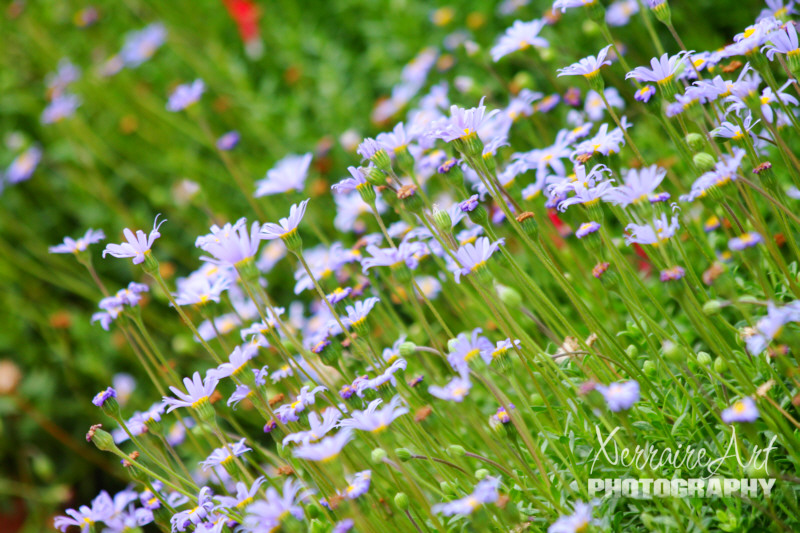
Flowers growing in front of the Post Office.
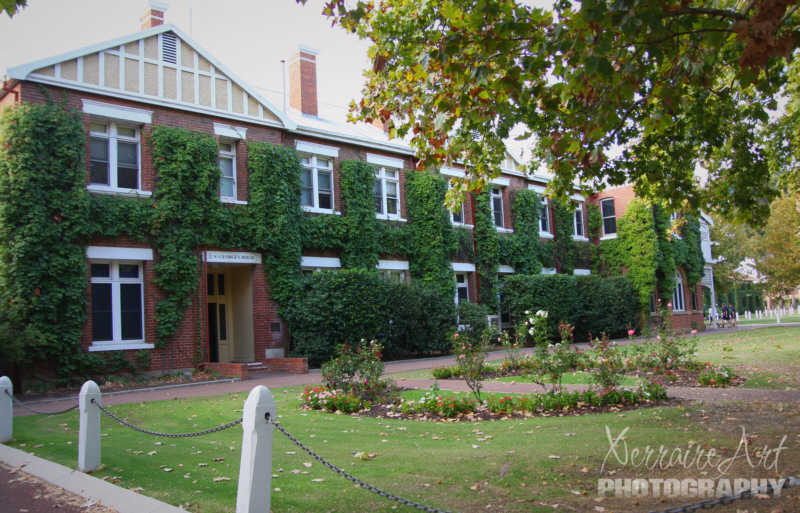
One of the many buildings of Guildford Grammar School, informally known as Guildford Grammar, Guildford or GGS, is an independent, day and boarding school for boys situated in Guildford, a suburb of Perth, Western Australia. Heath Ledger, a prominent actor, attended Guildford Grammar School, where he had his first acting experiences, starring in a school production as Peter Pan at age 13.
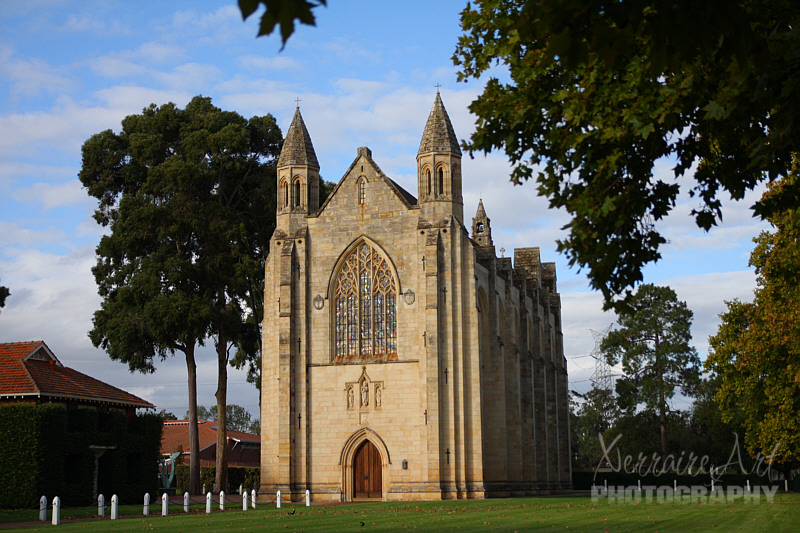
The Guildford Grammar School Chapel usually known as the Chapel of St. Mary and St. George . During the second World War Guildford Grammar School was commandeered by the United States Navy for use as a hospital. The Navy painted two red crosses on the Chapel roof, one on each side of the slope. When the school population resumed residence in 1943 the Australian Army offered to replace the painted tiles but school authorities decided that it would be better to paint over the crosses with tile-coloured paint. Today that paint has almost worn off so once again the crosses are visible as a sign of GGS’s contribution to the war.
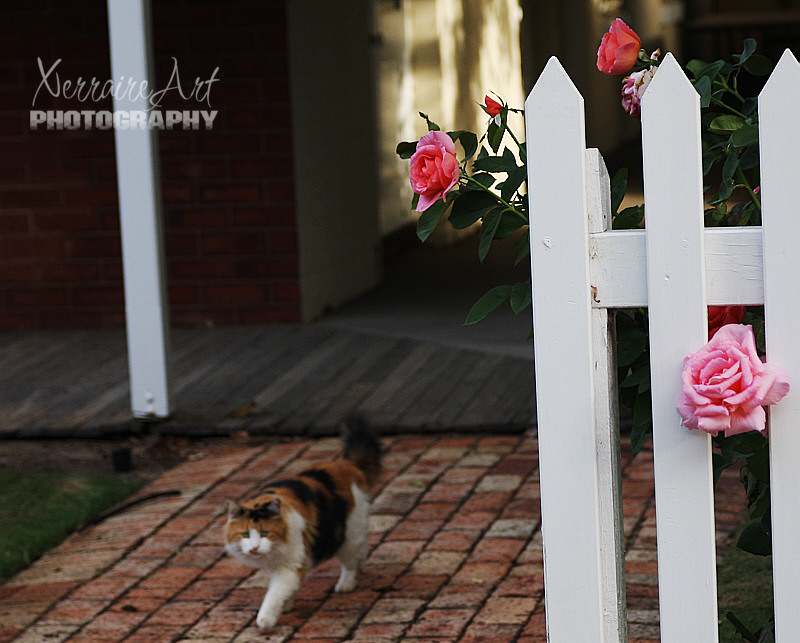
John dislikes roses. John dislikes cats. How could I resist a photo of them BOTH together?

Guildford roses.
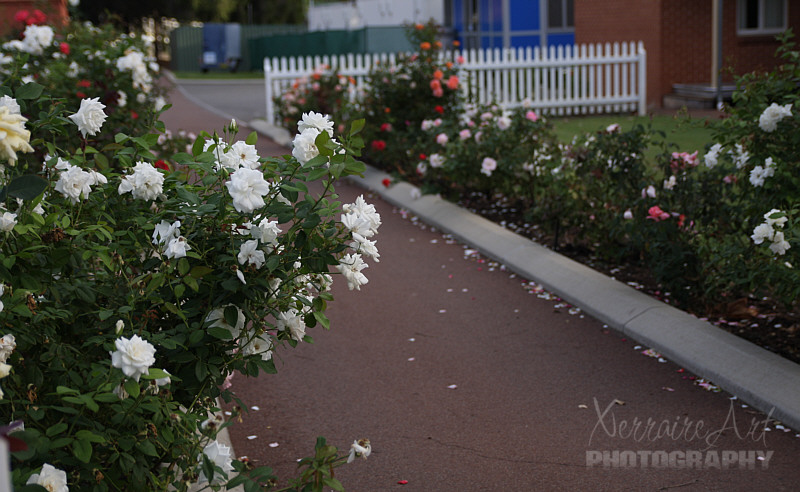
More Guildford roses.

